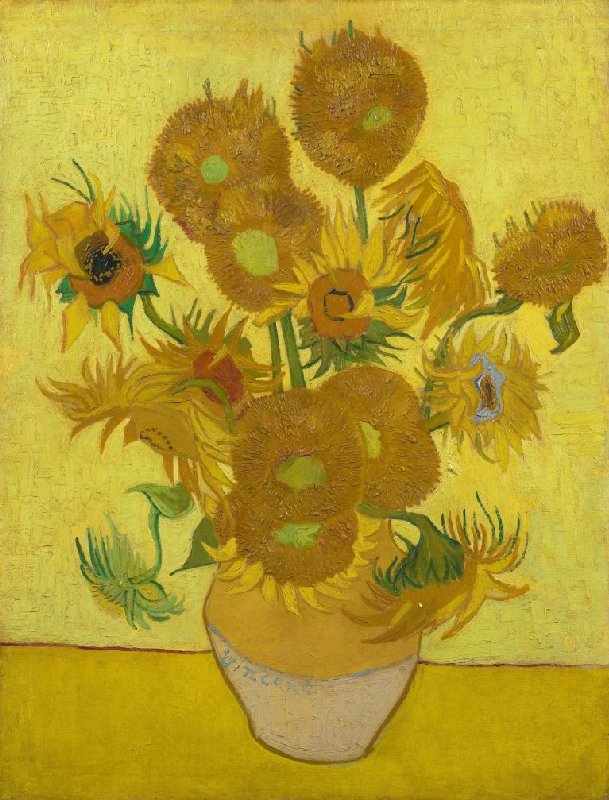What is Worth More: Art, Life or Performative Activism
October 26, 2022
On Oct. 14, two young environmental activists entered London’s National Gallery and threw cans of tomato soup pointblank onto Vincent Van Gogh’s “Sunflowers” before super gluing their hands to the wall. The painting itself was covered by protective glass, but the frame may have suffered some damage.
The protestors were members of Just Stop Oil, a UK-based anti-fossil fuel organization that regularly holds sit-ins and marches best known for vandalizing expensive art to bring attention to their issues. This brings up the important question: is attacking art a valid form of political protest?
Respectability Politics and the Validity of Protests
In 2020, after the murder of George Floyd, the world was forced to reconsider what is and is not an effective form of protesting. Before then, respectability politics ruled and any protest other than marches and sit-ins was deemed invalid. But when are people enforcing respectability politics, and when are protests simply ineffective?
For years now, students have participated in Greta Thunberg’s School Strike for Climate every Friday. Indigenous peoples have been fiercely protesting pipelines and non-environmentally friendly legislation. Last Earth Day, a climate activist set himself on fire on the steps of the U.S. Supreme Court, eventually dying from his injuries.
Compared to these incredibly powerful moments, throwing some soup on glass (and the protestors insisted they wouldn’t have thrown the soup if they hadn’t known the painting was protected) just seems tasteless.
What is Worth More, Life or Art?
After gluing themselves to the wall, one of the protestors shouted at the bevy of cameras watching them, “What is worth more, art or life? … Are you more concerned about the protection of a painting or the protection of our planet and people?” They went on to deplore the rising cost of living and specifically the cost of gas. This is where the exact purpose of their protest became confusing. Were they opposing the rising price of gasoline or gasoline itself? Furthermore, what exactly did this have to do with expensive art?
There is certainly something to say about the commercialization of art. The medium chosen by the activists immediately makes me think of Andy Warhol’s soup can paintings. Warhol wanted to bring light to the way art was being churned out and sold off like cans of soup. I also can’t help but think of the iconic shredding of Banksy‘s “Girl With Balloon” immediately after it was sold at auction. Banksy never wanted his work to be sold or turned into a product. Unfortunately, after the painting shredded itself, it became even more valuable, emphasizing just how capitalist the art business has become. You could certainly draw a line between the commercialization of art and climate change as a result of capitalism, but, as I said, this doesn’t seem to be what the group took issue with at all.
Why Van Gogh?
Why did they choose Van Gogh? By far one of the most beloved painters — much of his art is displayed in public museums such as London’s National Gallery — Van Gogh is the people’s painter; his struggles so relatable, his art so magnificent. It makes me incredibly sad to think someone would throw a tomato (or a can of tomato soup) on the work that is finally receiving the recognition it deserves.
Of course, their protest had little to do with Van Gogh himself, but if they were looking for sympathy, they should have chosen a less beloved or more commodified painter. And they’ve tried, but those protests were not nearly as newsworthy as this one. This group seems much more interested in collecting crypto donations and starting drama than actually influencing anyone on climate change. No one wants to support the group that could have ruined a Van Gogh, especially in such an obviously performative and incohesive protest such as this.













Andre Montoya • Oct 30, 2022 at 6:15 pm
Really good article, Edie.